Cape York by trailer boat is a must-do for any boat owner. Catching trophy fish is the easy part, but as The Captain knows, getting there, picking a crew, keeping the gear dry, feeding yourself and getting a good night’s sleep can be a challenge. In this special exposé, we share hard-won lessons from some a memorable Cape York trip.
Cape York is notorious for busting up boats. It all started when Captain Cook rubbed the Endeavour up against a coral bombora on the Great Barrier Reef. Whether he was shuffling the iPod or re-rigging his Pakula skirts is not clear. What is clear is that many captains are still testing their luck on the Cape, towing tinnies into the rivers and tributaries in the hope of catching a metre-long barra. At Cooktown harbour, eager anglers clutching shiny new Halco lures clamber aboard old trawlers converted to live-aboard charters. Their bearded old sea dog captains turn up their noses at the neatly packaged new coloured lures and continue rigging up old 80lb handlines with their leathery brown claws.
More adventurous anglers bring their own trailer boats to the Cape, leapfrogging the volcanic headlands in search of giant trevally, utilising carefully crafted poppers and hand-picked reels that wives/girlfriends will never comprehend. On the reefs, it seems anything red is doomed to the dinner table – from coral trout to nannygai and red emperor. On the open water, you can barely keep a lure out – wahoo, trevally, long-tail tuna and Spanish mackerel are popular distractions – and marlin and sailfish occasionally join the revelry. On one session, we hooked a giant green turtle (accidentally), winching the giant to the surface thinking it was treasure from a Spanish galleon. The turtle was released unharmed, but unfortunately The Captain’s Daiwa Capricorn 4500 has never been the same.
The Cape is also the home of some of the world’s best big-game fishing. At the Ribbon Reefs off Lizard Island, tanned, fit young deckies wrestle 1000lb marlin on behalf of wealthy overweight gentlemen, while the diesel engines on their towering game boats billow thick black smoke.
To discover whether this rumoured fishing paradise actually lives up to the hype, The Captain assembled a motley crew to take on the Cape. If you could operate a Leatherman, change a prop or stomach a XXXX beer, you were invited. We towed boats from Melbourne, Sydney and Brisbane, battling through flooded roads, detouring around bush fires and dealing with multiple trailer breakdowns to eventually arrive at Cooktown, gateway to Cape York. Tensions were high, but the thought of freshly painted crayfish over an open fire at Lizard Island kept spirits up. In the end, the fishing lived up to the pictures in the brochures and on internet forums. Sadly, we never checked out what could go wrong in the Cape. Maybe we were blinded by the glare off our Saltigas, but we learned our lessons the hard way. In this special exposé, The Captain’s crew relives the torment and reveals the things that can go wrong on a Top End adventure in trailer boats.
CATERING CALAMITIES
By Dave Hudson
It wasn’t the creatures that bite and sting that almost killed us. It wasn’t even the coral-encrusted bommies or unforgiving, swirling Coral Sea. No, it was something in our control. It was our rations.
WHAT WENT WRONG
Now, I’m a builder. So I like to keep things pretty simple. But these media types are always picking the most expensive brews behind the bar, never miss the oysters and like to cap off their brunches with crèmes brûlée and macchiatos. So when I heard they were catering on this trip, I thought I’d be eating like a Spanish king. Not true.
PROBLEM 1
By day one, it was obvious we had a problem. We had a large crew spread out across a mothership and four trailer boats. All the rations were stowed in the belly of the mothership – and her crew were far more interested in chasing yellowfin and drinking our XXXX beer than escorting the trailer boats, which were popping for big GTs. We were working up a sweat and a huge appetite at the same time.
PROBLEM 2
When we eventually caught up with the mothership, we discovered our sarong-wearing chef was planning saffron-encrusted side of lobster with a salad that resembled Carmen Miranda’s headgear. It was an impossible task to source all the ingredients from the various boxes. We forgot the KISS principle. Keep it simple, stupid. The lack of rations effected everyone’s energy levels and moods. Our cameraman got cellulitis (a blood infection), we all had cramps and nightmares – and there was even a mutiny or two.
WHAT WE’LL DO NEXT TIME
On our next trip to The Cape, we’ll make all boats responsible for their own meals. Simple dishes based on pasta, rice and cous-cous, combined with dehydrated vegetables, a variety of sauces and the freshest fish you’ll ever eat. A range of packet freeze-dried meals from the local camping store would also make a great back-up or emergency meal. Nipping to Woollies just isn’t an option. Next time, I’ll be casting out on the back deck with a full stomach, knowing that in the cabin there’s a nice simple meal for dinner and maybe even a XXXX beer that I don’t have to trade my best popper for!
STORAGE SOLUTIONS
By Michael Ellem
Michael Ellem has more camera gear than a NASA satellite. He usually travels by 4WD, but when he received an invitation to travel to the Cape by trailer boat, he couldn’t say no. Mick shares a few tips on keeping the gear safe and dry.
It’s a photographer’s dream, sitting under a palm tree on a remote beach, reviewing the day’s images with a cold beer. Then reality bites.
WHAT WENT WRONG
Fortunately, on this trip my gear came home in good order, but I watched other people’s gear tumble overboard during boat swaps and unsecured GoPros splash into the Coral Sea. I also witnessed errant lens caps and watched a cameraman get a Pelican Case full of salt water. It was a photographer’s nightmare! If you didn’t already know, salt water and cameras don’t really mix.
HOW DID WE FIX IT
Your best friend on a trip like this is the trusty Pelican Case. I kept everything in here, from cameras to chargers to laptops. When I was on a shoot, all my cameras and lenses were safe in a large Pelican Case. I found the best place to stow it was low on the deck towards the transom, where there’s less bounce. Not only did the cases keep my gear safe and dry when motoring between reefs, they also provided a handy seat or casting platform for grubby fishermen – and a bit of cover from the incessant tropical downpours.
HERE ARE A FEW TIPS:
Always close the lid when not using your Pelican Case. I watched a boat ‘rooster-tail’ a cameraman, soaking him and his cases, which he had left open on the deck. When building your Pelican Case storage, use foam to create a special home for all your gear. A quick glance in the case will reveal if you’ve inadvertently left a GoPro or lens cap on the boat. Speaking of GoPros, always tether them on a quick-release lanyard. I also pack microfibre cloths to clean the gear before placing it back in the case.
The crew used wet bags for storing sleeping gear and clothing. No-one really had any dramas with their dry gear, but we had problems drying out wet gear, as it just seemed to keep on raining. The best gear is quick-dry stuff or clothing that is comfortable in the wet.
SLEEPING QUARTERS
By Dave Hudson
They say that the key ingredients of a good trip are good food and a good night’s sleep. We know the table fare was a let-down on the infamous Cape York trip, but could Dave Hudson salvage something with a comfy nest in which to spend the night?
WHAT WENT WRONG
A When planning my Cape York trip, sleeping quarters weren’t really high on the list. I was too busy packing gold bombers and Halcos to worry where my weary bones would collapse in the evening.
Essentially, I had three sleeping options:
OPTION 1
Sleep in a tent on land. But I’d have to deal with a simultaneous assault of green ants from the ground and bat-winged bastards from the sky. Staying in a tent also meant transporting one, setting it up and getting my feet wet.
OPTION 2
Sleep on the mothership – and live in the stench of fuel, stale beer, piss and a rancid sea captain. And that’s only when we could find her, which was never. The allure of cold beer on the mothership tempted many whose souls can no longer be found.
OPTION 3
Stay on the Haines Hunter Prowler centrenconsole – and wake up smelling like a tuna’s armpit. On the upside, sleeping on the boat meant I stayed away from things that bite, and avoided the fish-slapping festival. I was also ready to hit the reefs first thing in the morning and I never worried about my boat drifting off onto the reef, either. The Prowler would end up being my home for more than a week.
WHAT WE’LL DO NEXT TIME
I would commission my own mothership, fitted with a vodka bar and massage table (with a built-in Swedish masseuse). It would have a tackle shop with Peter Pakula behind the counter, ready to re-rig my marlin skirts. I’d be very careful not to confuse Peter with the masseuse. Finally, my mothership would have wide-open paddocks to stock my grass-fed wagyu beef, prepared every evening by Miguel Maestre.
Seriously though, I’d stick with the trailer boat option, but trial some hammock arrangements, which could be safely stowed and kept dry. Other bedding basics that would have helped on the trip are stretchers and mosquito nets. This would have resolved the insect/ant problem, while maintaining airflow and dryness. And if you are on a mothership, find somewhere airy and bring spare sheets to lay on. Pick a clean mothership – and a clean Captain, too!
PICKING THE RIGHT CREW
By Dave Hudson
The crew were hand-picked for my latest Cape York trip. They were capable, affable and could handle their rum, right? Not! It should have been the adventure of a lifetime, but instead it turned into the sequel to Lord of the Flies. Only the actors were fully-grown adults!
WHAT WENT WRONG?
Frankly, our team sucked. There were too many chiefs and not enough Indians. The alpha males couldn’t agree on a plan of action and several crewmen couldn’t handle their grog, spending most of their time running into other boats, stealing XXXX beer or slapping each other with fish (just picture the famous Monty Python sketch).
Compounding the personality problems were a lack of communication (it’s easy to turn your radio off), lack of food, lack of sleep and generally rugged conditions. Living out of boats in the tropics is a tough gig. You’re always drenched in a cocktail of sweat and rain, and simple tasks such as brushing your teeth take an eternity. It became all too hard for some. The chef threw away the tongs and resorted to long showers under waterfalls, followed by “exotically fragranced” rollies, which he never shared.
That said, however, many of the crew did shine brightly on that trip. In fact, most of them are contributing to this story. These guys made good coffee in the morning, told jokes, shared beer and drove miles to find edible food. They are the type of blokes who can see the funny side of things amid the shit storm, who can tell the tale of this trip with a smile – and never slap each other with Spanish mackerel.
WHAT WE’LL DO NEXT TIME
Next time, we’ll run fewer crews and ensure they are all self-sufficient on their own boats. We’ll pick blokes who know each other well. We won’t rely on one person or boat to service the rest of the group. The beer will be bought by individual crews – and piss-heads will be left at home, along with BIG egos. We’ll have a general plan, but keep it flexible enough for people to do their own thing, within agreed limits. Then again, if you think your friendship group needs some cleansing, take them to Cape York in trailer boats. You’ll get to see what they’re really like.
TRAILER FAILURES
By Dave Hudson
The inland road to Cape York through Roma, Emerald and Charters Towers resembles the whoops on a motocross track. Kangaroos, cattle and road trains compete for space on the narrow, cracked bitumen surface. The road sits high in the middle – and falls away sharply on the edges, sending floodwaters and unwary caravan owners into the spill-off area. Surprisingly, we only had one tyre failure, but no trailer was spared.
WHAT WENT WRONG
The older trailers packed up first. The cross member on the Javelin’s rusty old trailer cracked clean off at the rear. In truth, the steel on his trailer wasn’t even fit for an old chook shed. The winch post on the Prowler trailer went out in sympathy, shearing off at the draw bar. We didn’t expect that on a new trailer – the convoy hadn’t even been off-road! Fortunately, The Captain’s decision to bring a few engineering types paid off and we were back on the road with repairs featuring fencing wire, a star-picket, a thong and some rope.
Even the pride of the trailer fleet suffered. The oil-filled bearings under a new trailer let go in the heat. By luck, when the white smoke cleared, we realised we’d broken down at a trailer repair centre. Saint Christopher, patron saint of travellers, was smiling on us – and we were back on the bumpy road in no time.
WHAT WE’LL DO NEXT TIME
The extra weight packed into a Cape York adventure is the real killer of trailers. Next time, we’ll have a brutal cull of gear, maybe even send some up in advance, or acquire it at the destination. We’ll double-check the compliance plates and take a pre-trip over the weigh bridge to check our loads. If you’re considering buying a new trailer, think about the extra weight required on a Cape York trip – the dealers selling a BMT package won’t, as that drives the cost up. Also consider the legal ramifications of an overloaded trailer, including fines and possible insurance payouts should something go wrong. And think about the fact that a trip from Melbourne to Cape York covers more ground than most trailers will in a lifetime, so you should commission a certified engineer to assess your trailer. Winch posts and cross members on older trailers should be beefed up. Boats should be chained and strapped down in more places – and every trailer should have two spare wheels with good tyres, two spare bearing kits – and pit crews trained in the art of bearing replacement. Greasing bearings in the oppressive heat on dusty roads with road trains thundering past isn’t much fun. Don’t forget the Ps: Perfect Preparation Prevents Piss-Poor Performance…

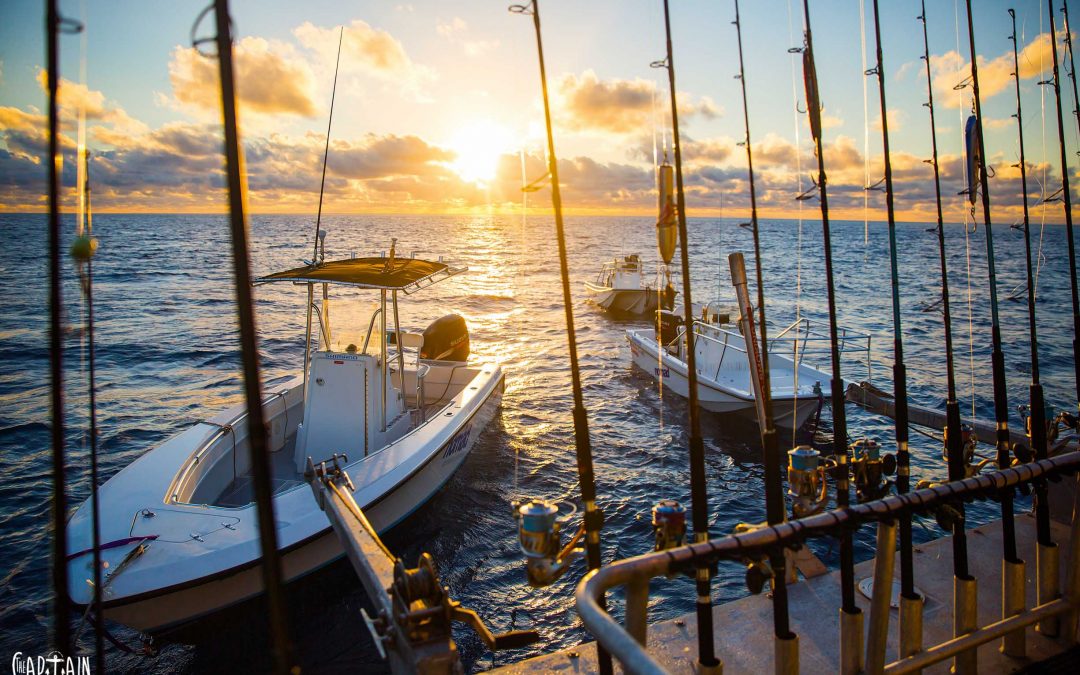
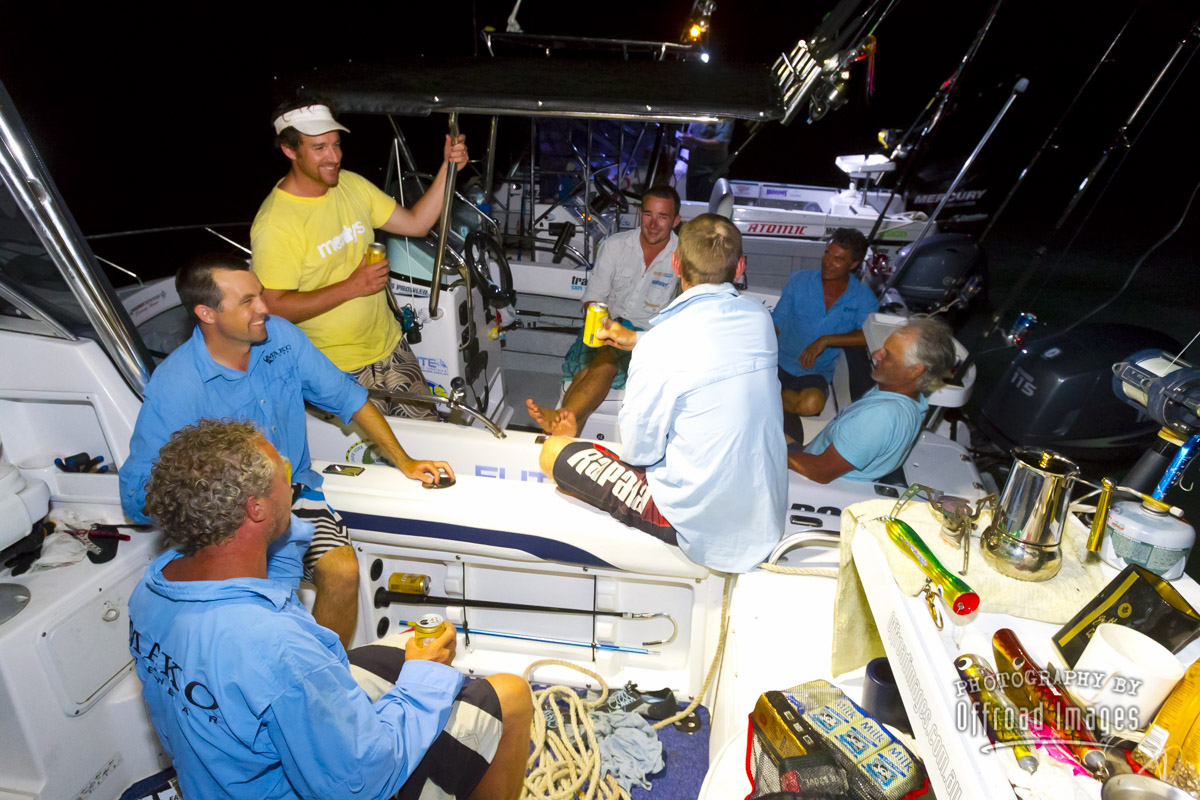
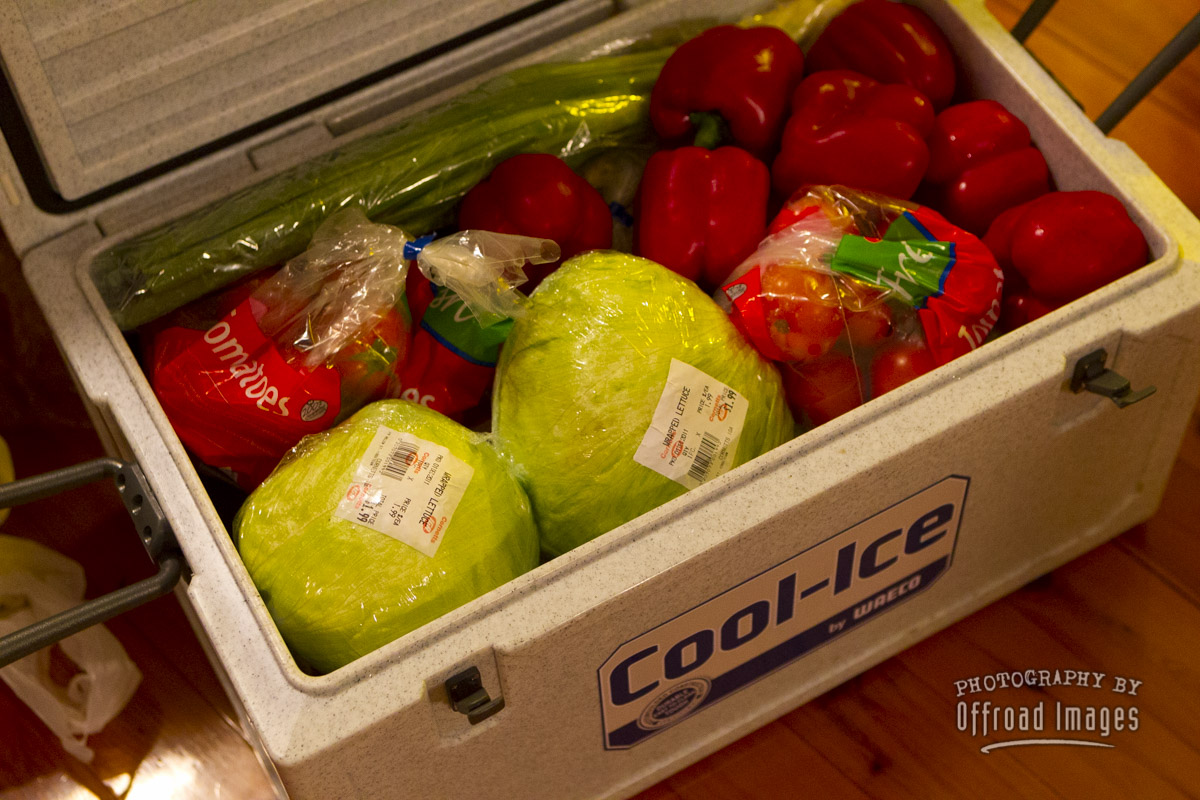
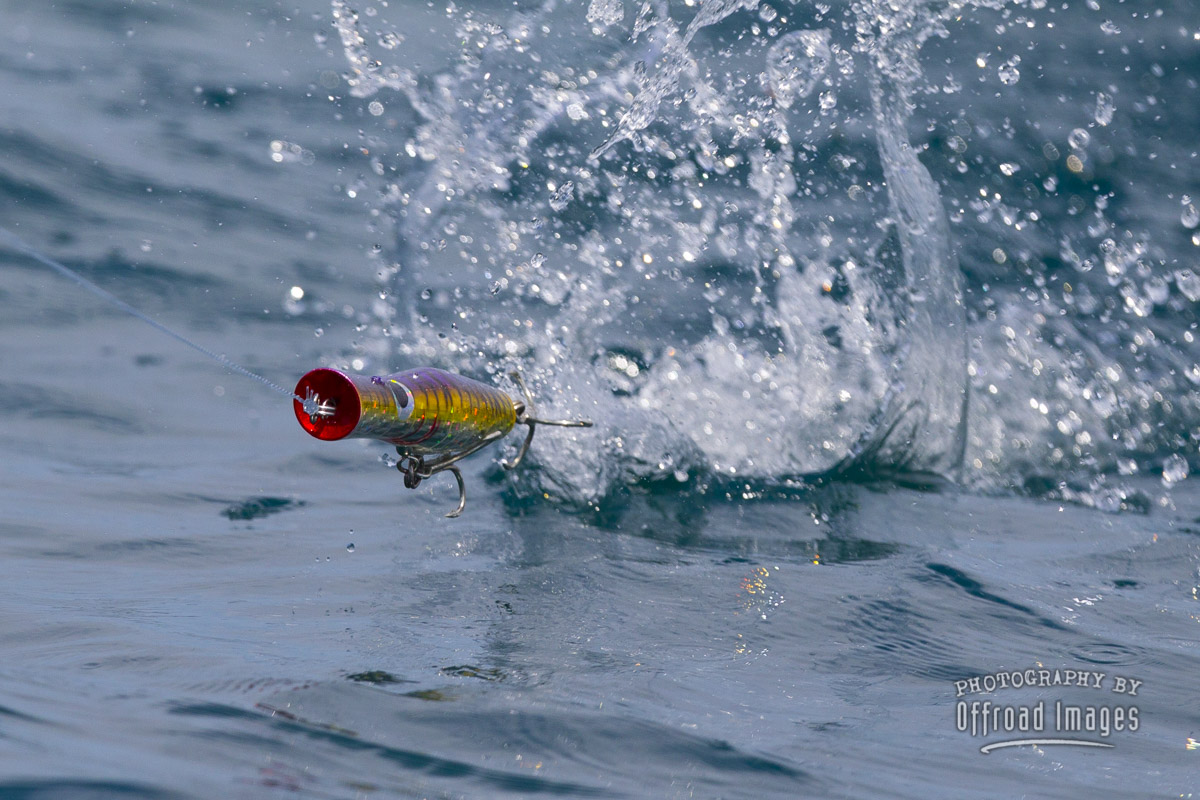
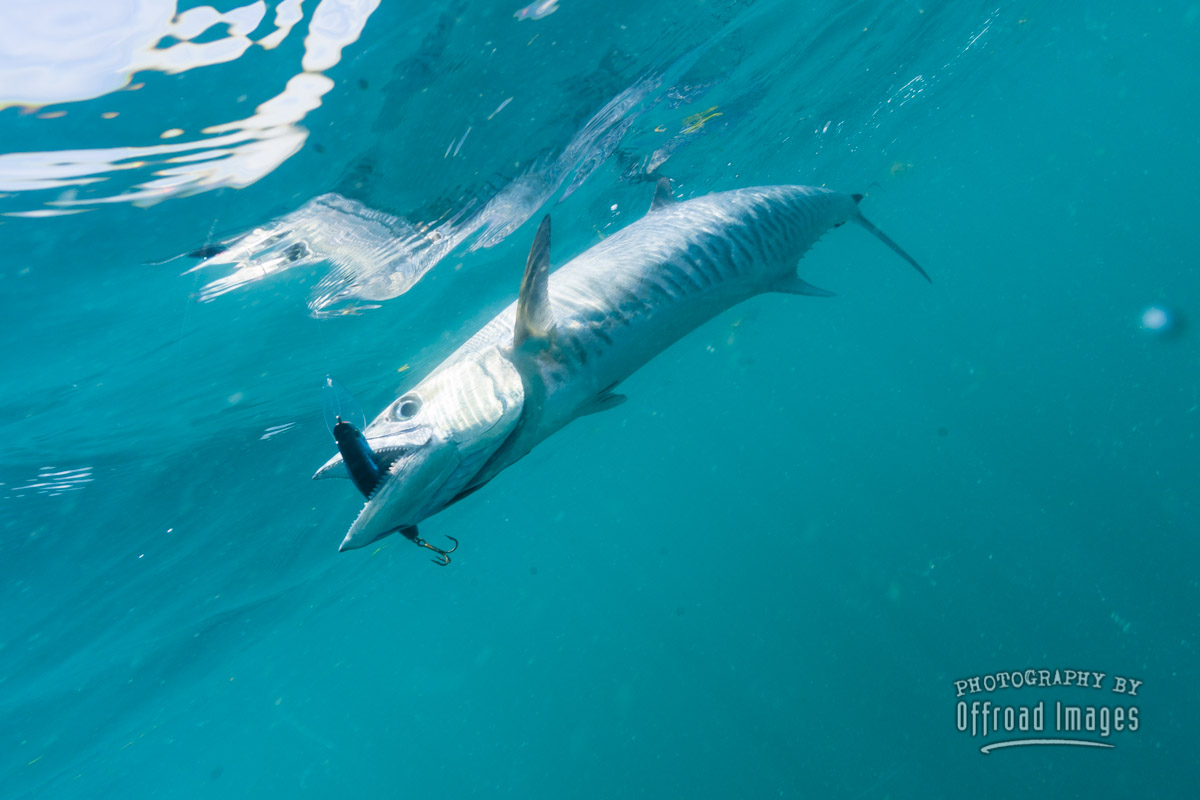
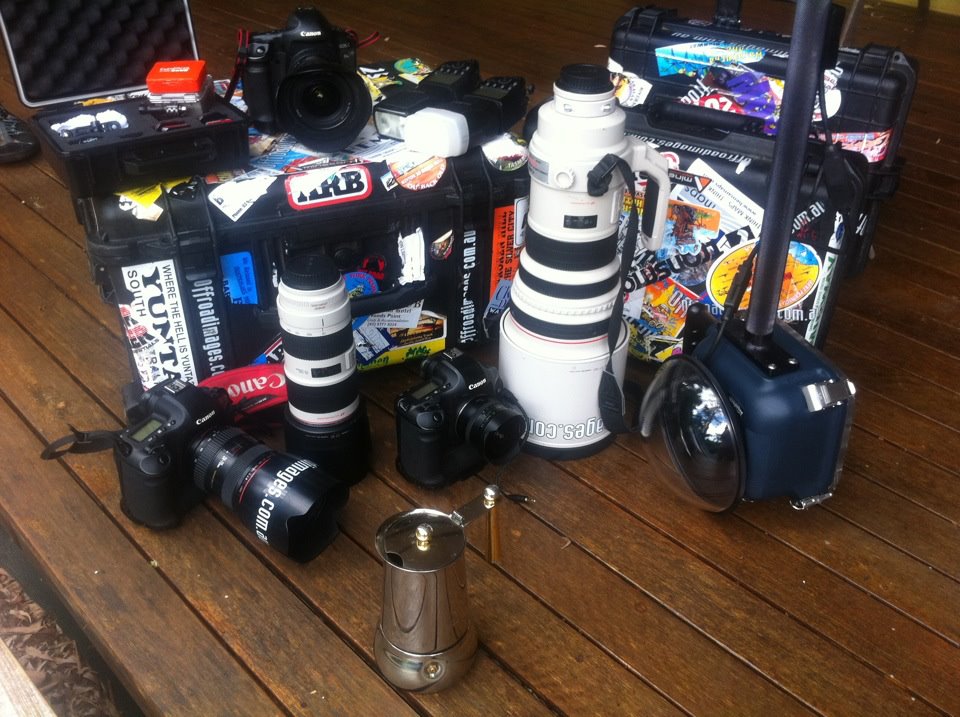
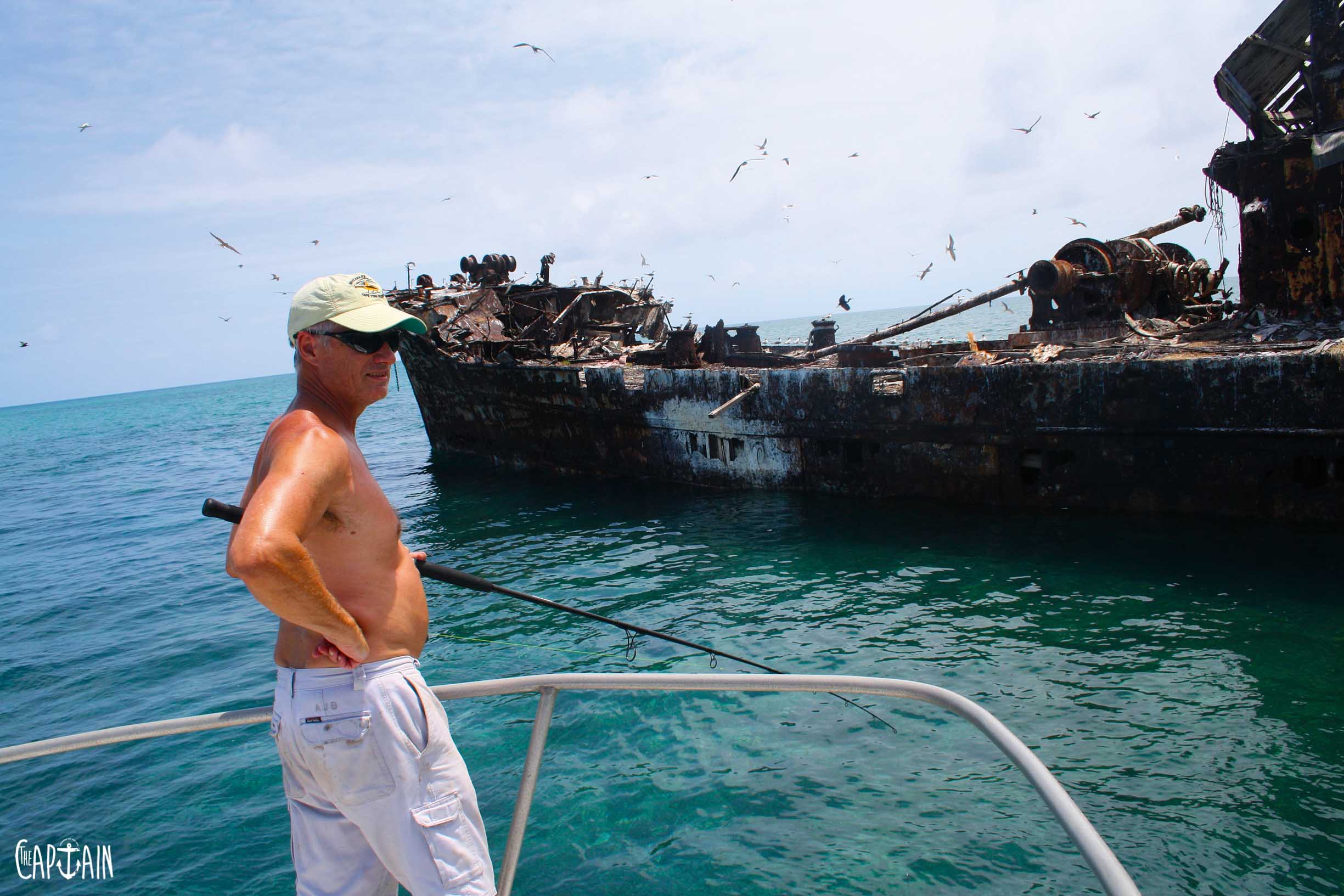
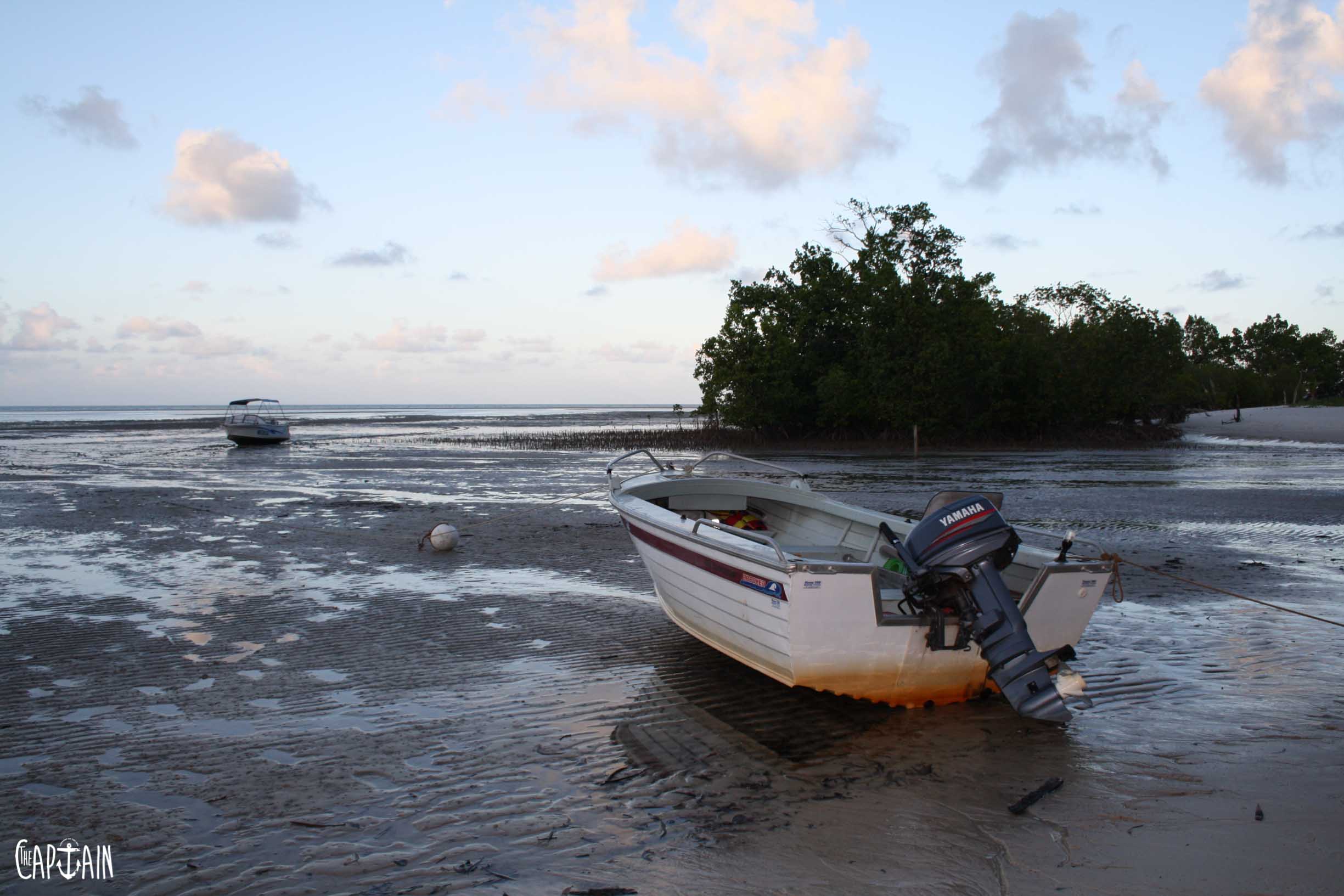

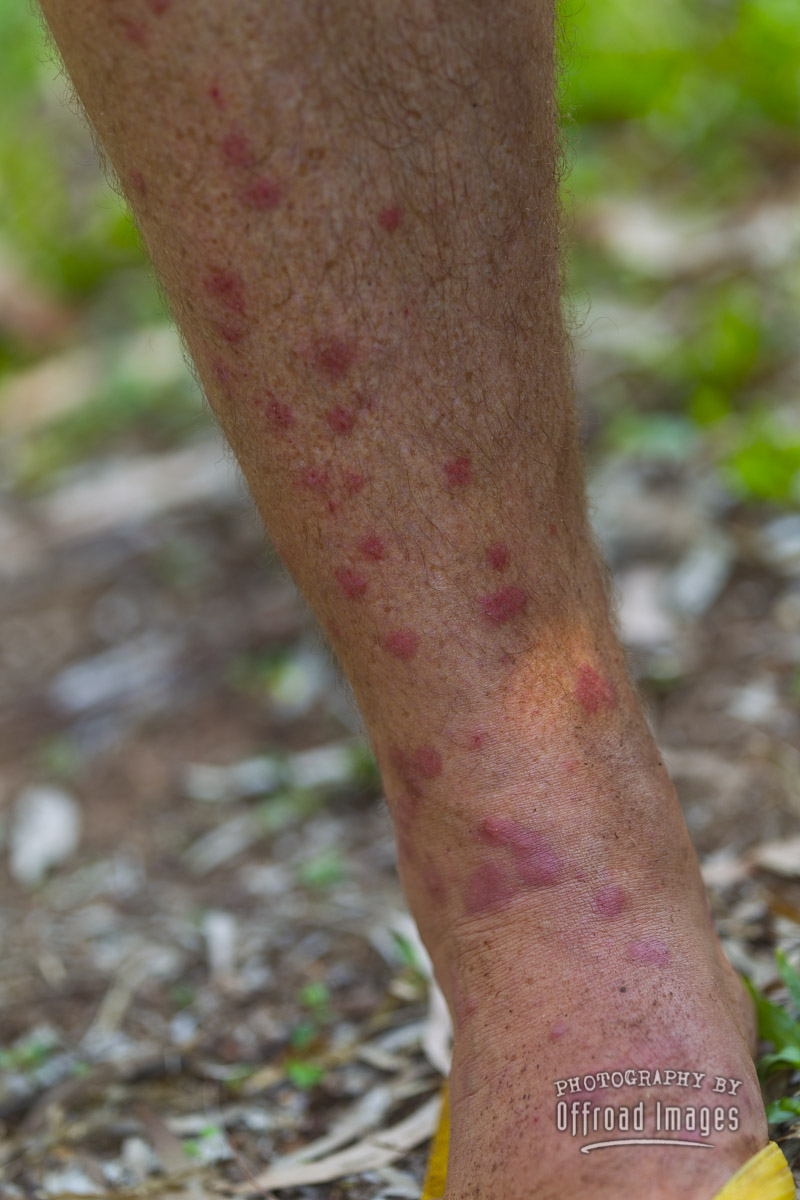



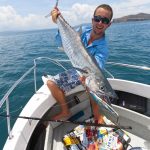
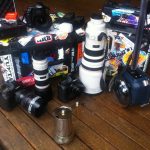


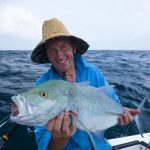

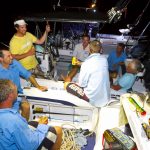
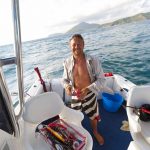
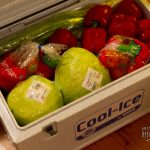
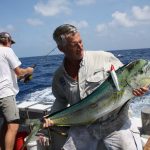
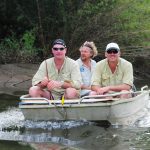
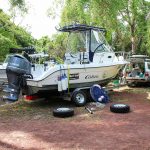
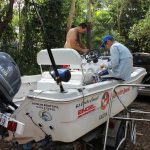
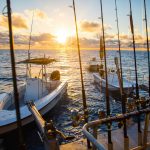
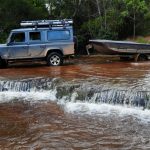
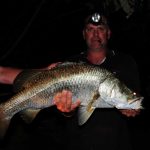
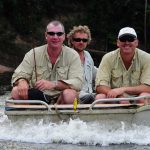
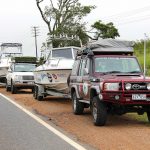
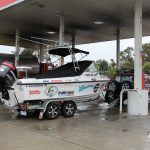
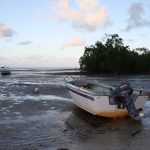
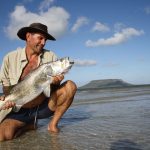
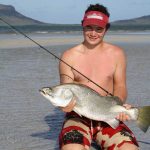
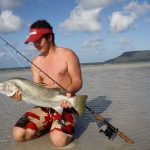
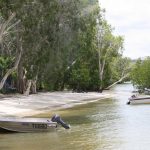
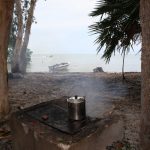
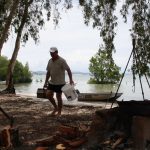

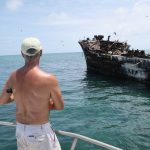
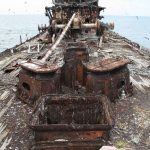
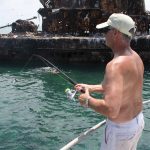
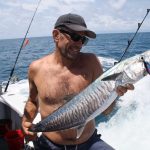
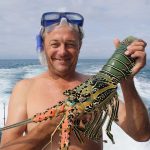
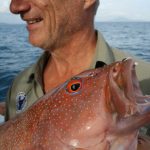

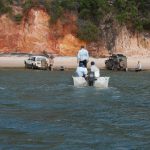
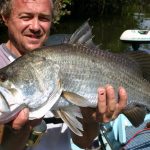
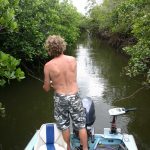
Awesome writing! Very entertaining yet informative! Love your work Capt!
Bucket list trip for me and my little formula15. Big up the Captian?
Love the way I near feel I’m there reading your story, top stuff